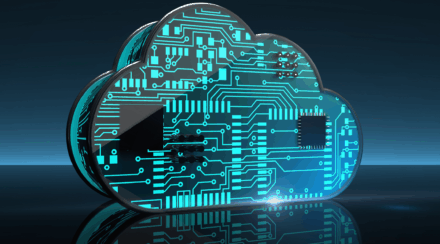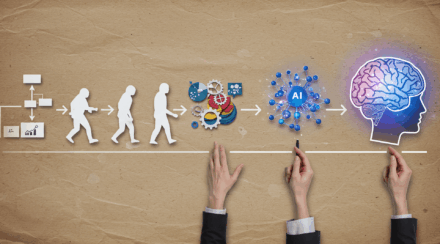
The seven steps of digital transformation
Recently, we started a mini-series on digital transformation, identifying seven major parts of digital transformation:
In this post we’re going to discuss the need for upgraded systems and processes.
In order to “digitally transform” your business, your processes (internally, with employees and contractors) need to reflect a new way of doing business and an embrace of the tech stack. Externally, you need to make sure your systems are easy and intuitive to use for an end-user. No one likes to land on a website or app and think it was built in 1994.
One way to think about upgrading your processes and systems is through microservices.
Microservices is when a developer works on software as a series of independent, small, modular services. Each service runs a particular process and communicates with a lightweight mechanism (often an HTTP resource API) to serve an end business goal.
Think of it as a software architectural pattern-breaking interfaces down into APIs designed with one particular purpose. When building a database, a software team might be tasked with capturing first name, last name, phone number, etc. They could build each user field out as a microservice; then, if someone else internal to the organization needed just phone numbers, he/she could access that -- as opposed to calling out for all data.
This approach contrasts with a monolithic architectural style, where everything is built as a single unit. Monolithic approaches to software worked for generations, but as more applications deploy to the cloud, microservices have gained in popularity among developers. Change cycles are often tied together, so in monolithic architecture, one small change requires an entirely new complete unit.
More common arguments for a microservices model include scalability, ease of testing and deployment, and relative ease of enhancement. As Internet of Things begins to reach scale and the future of connected devices is likely to incorporate even more than just that, it seems a more flexible, responsive way to build for an uncertain but rapidly-evolving tech future.
Microservices also make it easier for a new developer to understand the functionality of a service, and it improves “fault isolation,” meaning larger applications will not be affected when a single module fails.
The code base will grow as the application grows, meaning your integrated development environment (IDE) may overload on application loading, reducing developer productivity.
Microservices software development also creates disparate data sources. Executives are already struggling with data analysis in the era of Big Data, and microservices deployment may further cloud that picture.
Distributed systems are inherently more complex -- microservices essentially takes one large bit and breaks it into a series of smaller, coordinated bits. Increasing the number of moving parts in any software environment typically removes simplicity, ultimately confusing others in the organization.
Even with some of these challenges, microservices is here to stay. There’s an evolution towards microservices and cloud-native applications among developers, including ours. Recently we had a client who wanted to transform their banking operations into a more digitally-driven enterprise. That digital transformation was made possible, in large part, by a transition to microservices.
You have two options: hire them or outsource a team of them.
The hiring context can work, but has risks.
The outsourcing option gets you more dedicated expertise.
Outsourcing has challenges and risks too, though, so you need to know what you’re looking for. We put together a checklist of the major aspects you need to consider in an outsourced software development team. Look at it, and if you have any questions, let us know.
Where can we send you our Checklist: How product vendors in Western Europe choose the right nearshoring partner?
By clicking "Submit" you confirm the subscription to our newsletter and that you accept and understand our Privacy Policy.



We use technologies like cookies to store and/or access device information. We do this to improve browsing experience and to show (non-) personalized ads. Consenting to these technologies will allow us to process data such as browsing behavior or unique IDs on this site. Not consenting or withdrawing consent, may adversely affect certain features and functions.